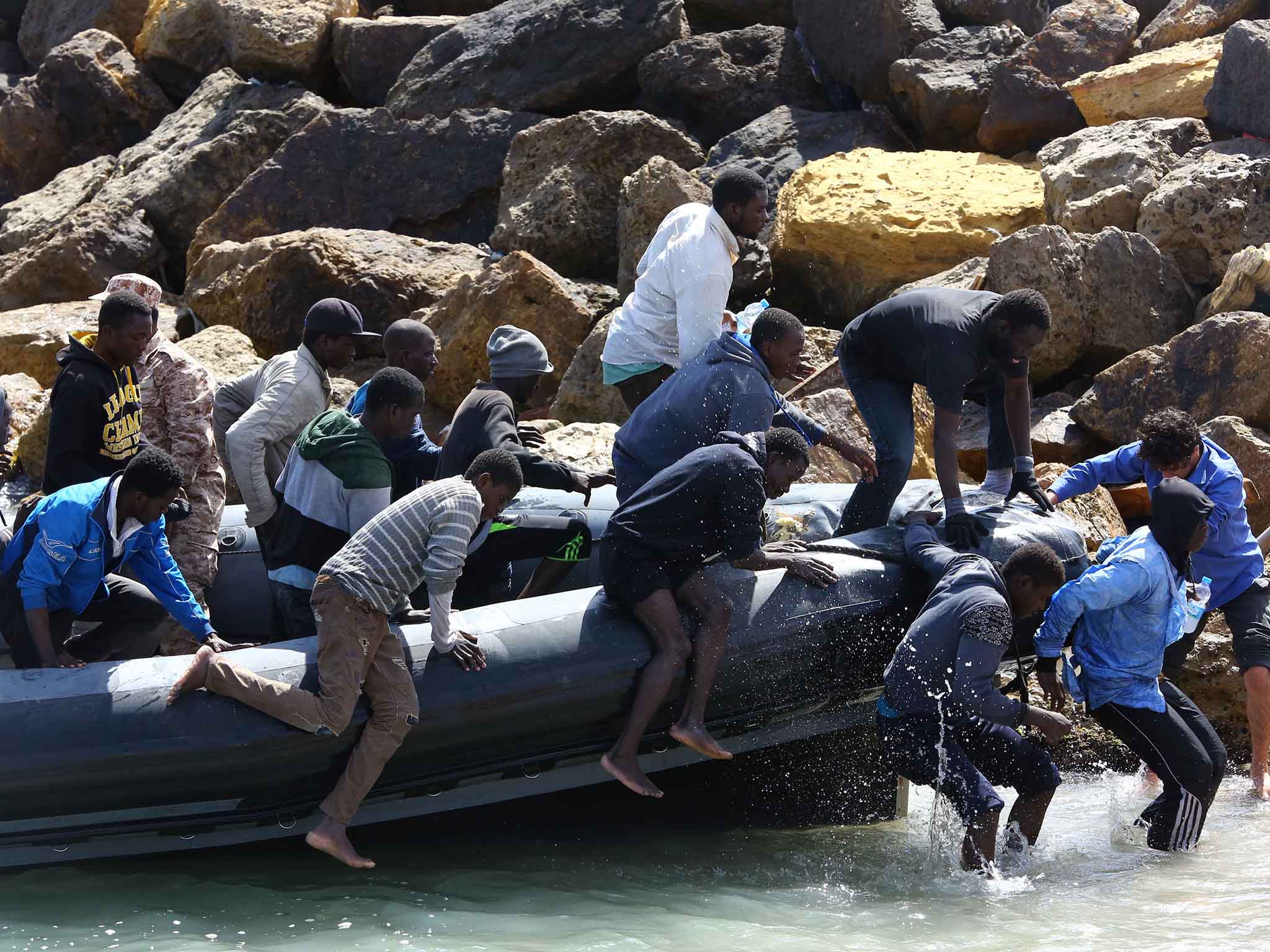Migrants to Europe hit five-year low but Spanish border crossings rising
Attempts to enter without permission fall to 150,000 as numbers from north Africa drop, figures show

Your support helps us to tell the story
From reproductive rights to climate change to Big Tech, The Independent is on the ground when the story is developing. Whether it's investigating the financials of Elon Musk's pro-Trump PAC or producing our latest documentary, 'The A Word', which shines a light on the American women fighting for reproductive rights, we know how important it is to parse out the facts from the messaging.
At such a critical moment in US history, we need reporters on the ground. Your donation allows us to keep sending journalists to speak to both sides of the story.
The Independent is trusted by Americans across the entire political spectrum. And unlike many other quality news outlets, we choose not to lock Americans out of our reporting and analysis with paywalls. We believe quality journalism should be available to everyone, paid for by those who can afford it.
Your support makes all the difference.The number of unathorised migrants coming to Europe has hit a five-year low, but those arriving in Spain from the Mediterranean are still rising, EU border chiefs have said.
Frontex, the border agency, said migrants tried to cross the EU’s external borders without authorisation around 150,000 times last year, a 25 per cent drop on 2017.
It said the decline was down to a large fall in numbers of people entering Italy, mostly coming from Libya and Algeria, with just over 23,000 last year.
The figures suggest migration patterns have altered since the height of the European refugee crisis, which began in 2015 with large numbers of people trying to get into the EU from south-eastern Europe, the Middle East and Africa.
Frontex said about 57,000 crossings were detected in Spain last year, double the figure for 2017.
EU nations have been arguing over how to manage migrant arrivals since well over a million people entered in 2015 – Europe’s biggest influx of migrants and refugees since the second world war.
Numbers of arrivals were curbed by three developments, the first of which was a 2016 EU deal with Turkey, under which migrants arriving in Greece would be sent back to Turkey if they did not apply for asylum or their claim was rejected.
Secondly, new border fences were quickly erected in 10 Balkans countries, from Spain to Latvia. And a 2017 deal was signed between Rome and Tripoli, under which Rome pledged money, training and equipment to help Libya manage its borders.
The European Commission is giving €7 billion to member states for the period 2014-2020, for schemes such as improving reception centres and border controls.
Frontex said that on the western Mediterranean route, Moroccan migrants are the most counted nationality, followed by Guineans, Malians and Algerians.
The number of detections of illegal border crossings on the eastern Mediterranean route rose by nearly a third to 56 000, mainly caused by a higher number of migrants crossing the land border between Turkey and Greece.
Women accounted for 18 per cent of all illegal border crossings and nearly one in five said they were under 18.
The International Organization of Migration said a total of 133,489 migrants and refugees arrived in Europe between January and November last year, a 25 per cent decrease compared to the 178,232 reported in the same period in 2017.
Join our commenting forum
Join thought-provoking conversations, follow other Independent readers and see their replies
Comments